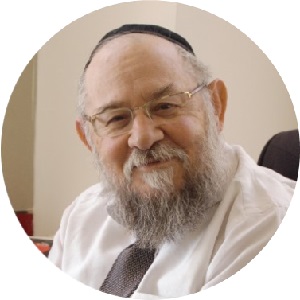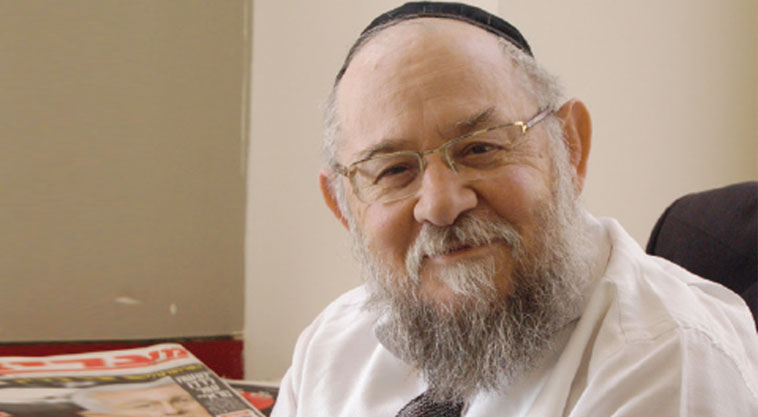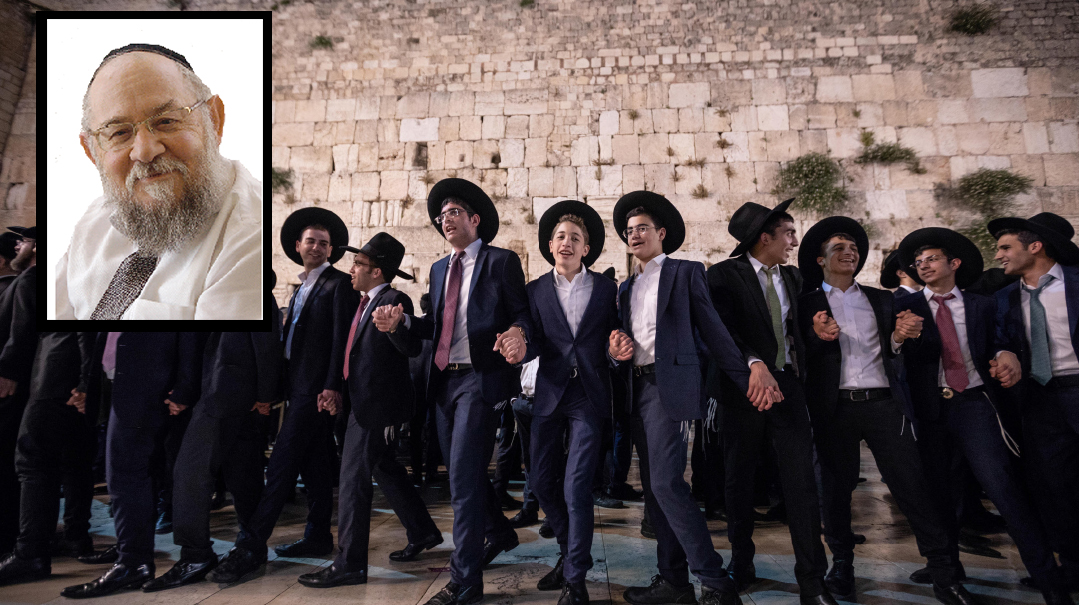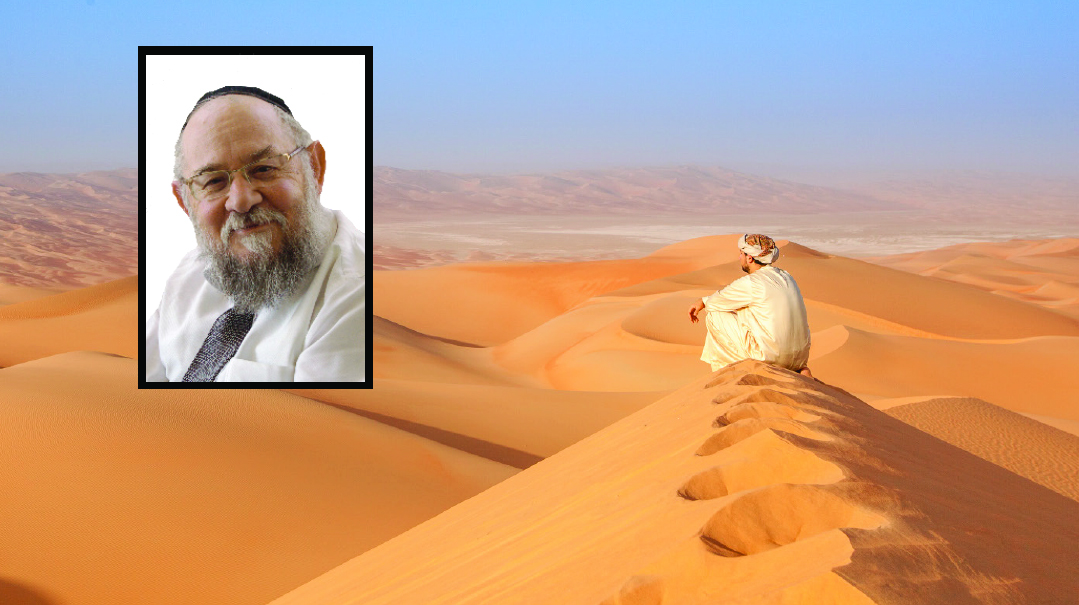Let Freedom Ring


R
osh Hashanah is a day when freedom and liberty — true Jewish freedom and liberty — are declared.
We know this because the central mitzvah of the day the mitzvah of blowing the shofar does not appear in the Torah passage where the observance of this moed is commanded but is hinted at in broader terms that enable us to extract hidden meanings.
The pasuk states: “And in the seventh month on the first of the month… you shall not do any mundane work; it shall be a day of teruah for you” (Bamidbar 29:1).
We know of course that teruah refers to the blowing of the shofar and we know by tradition the specific form and pattern of shofar-blowing required to fulfill the mitzvah. But how do we know this? How did we reach this conclusion from the one word teruah when the word “shofar” doesn’t even appear in the passage?
Well as any Torah scholar can tell you we derive this knowledge by applying the rules of hermeneutics that were given along with the Torah and handed down through tradition generation after generation: rules for interpreting apparently superfluous words or letters juxtaposition kal vachomer etc. These rules provide a logical basis for deriving the meanings embedded beneath the surface of pesukim.
The mitzvah of shofar is derived through the application of these rules. And in this case the requirement to blow the shofar on Rosh Hashanah is found through the rule of gezeirah shavah a cross-reference from another passage in the Torah — and a passage that seemingly has nothing to do with Rosh Hashanah. In that passage the Torah says:
“You shall sound the shofar blast in the seventh month on the tenth of the month on Yom Hakippurim you shall sound the shofar throughout your land… And you shall proclaim liberty in the land for all its inhabitants... and every man shall return to his inheritance and every man of you shall return to his family” (Vayikra 25:9-10).
This passage speaks of shofar blasts in the seventh month yet specifically referring to the 50th jubilee year. So how does this pasuk help us?
The words “in the seventh month” (the month of Tishrei) are quite unnecessary here if their intent is to specify the date when the mitzvah is to be performed since the pasuk also tells us that we are to blow the shofar on Yom Kippur whose date we all know is the tenth of Tishrei. Therefore these seemingly superfluous words come to tell us something else and thus the Talmud sums up the following conclusion: “That all the teruos of the seventh month should be alike” (Rosh Hashanah 33). In the passage on Yovel the word “shofar” is linked to the word “teruah” by juxtaposition: the phrase is shofar teruah. And from here the Sages infer that the vague teruah prescribed for Rosh Hashanah in Sefer Bamidbar may be interpreted according to its meaning in the passage on Yovel in Sefer Vayikra — it refers to the shofar.
But a troubling question still remains a problem that seems to border on paradox:
Why does the Torah spare words to such an extent when speaking of an obligation that comes every year and sends us to the mitzvah of Yovel which occurs only once in 50 years to find the interpretation there where the word shofar appears twice in one pasuk? Wouldn’t it be more logical to have it the other way around? What could be wrong with specifying right there — where the information is needed — that the horn-blowing of Rosh Hashanah means blowing a shofar?
But then we would lose out on a deeper understanding of the mitzvah. By making us refer to the passage on Yovel for the meaning of the mitzvah the Torah teaches us what blowing the shofar actually signifies.
Yovel is the year of total equality. In Biblical times it was the year in which all economic bonds and shackles were released. Such arrangements tended to distort relations between people. When the Yovel year arrived people whose financial situation had brought them down to the level of slaves could now stand tall again as free men and women. Fields that had to be sold in financial desperation were returned to their original owners. Huge estates belonging to the rich were broken up and reapportioned according to the original division of the land. Thus there was no such thing as concentration of all the wealth in the hands of a small percentage of the population for the balance was periodically redressed. Every 50th year everyone was given equal conditions and equal opportunity once more. On Yom Kippur the shofar gave the signal and the whole nation went “back to start.”
The sounding of the shofar then symbolizes a break with existing conditions a change of direction a new beginning — just like the sound of the shofar when the Torah was given at Har Sinai and the shofar that will one day proclaim the redemption and liberation of all humanity: “And it will be on that day the great shofar will be sounded and those lost in the land of Assyria and those exiled in the land of Egypt shall come” (Yeshayahu 27:13).
And as we are made to look to the shofar of the Yovel as our source for the mitzvah of teruah on Rosh Hashanah we discover another level of human freedom: man’s freedom from his self-imposed shackles.
When he hears the blasts of the shofar on Rosh Hashanah the Jew knows that now too that sound is a call to freedom. From the paradigm of the Yovel he learns the lessons of casting off shackles — this time the shackles of his heart. The shackles of instinct that lead him blindly the chains of sin that hold him hostage although he knows better. He hears the shofar and knows it is proclaiming true freedom and that as long as he is held captive by his yetzer and the assumptions about life that it has infused within him although his body is free he has no real liberty and no real freedom.
The shofar of Yovel teaches him that he has the ability to break those shackles. Just as in those days of old liberty meant going home (“and every man of you shall return to his family”) everyone who hears the shofar today should heed that call to return to himself to fulfill the mitzvah of teshuvah. To go back to the starting point where there is new hope for the future.
Rosh Hashanah is the day when we reaffirm Hashem’s Kingship and our allegiance to Him. This might seem to contradict the message of personal freedom conveyed by the shofar. Rav Yosef Dov Soloveitchik explained how these ideas in fact complement each other:
“An eminent psychiatrist once said to me ‘If it were in my power I would abolish the passage Uv’chein tein pachdecha from the prayers of Rosh Hashanah and Yom Kippur. Fear is the main cause of all mental illness. A person who wants to guard his mental health should seek to free himself of fear and he certainly shouldn’t pray for it.’
“I am not a psychiatrist but his words actually helped me to understand the meaning of this prayer instituted by our Sages. And so I answered the psychiatrist: ‘I see many people and they all have various fears. They fear losing their money or their status or not achieving enough fame. Some fear illness and weakness. In past generations people were terrified of leprosy; today they fear cancer. If they’re feeling pain they’re afraid to go to a doctor for fear that he might diagnose them with “that disease.” ’
“‘Man is full of small fears. I’m no psychiatrist but I know there is one big fear that chases away all other fears. What is this fear that a person can accept on himself in order to remove all other fears such as fear of failure of poverty of lack of popularity of illness? It is fear of HaKadosh Baruch Hu. And this is why we pray Uv’chein tein pachdecha — And therefore Hashem our G-d place Your fear upon all that You have made and Your dread upon all that You have created.’
“May this great fear indeed liberate us from all other fears that crouch at our door and undermine our lives.”
And so the “one big fear” goes hand in hand with true freedom the freedom proclaimed by the blasts of the shofar.
Oops! We could not locate your form.




